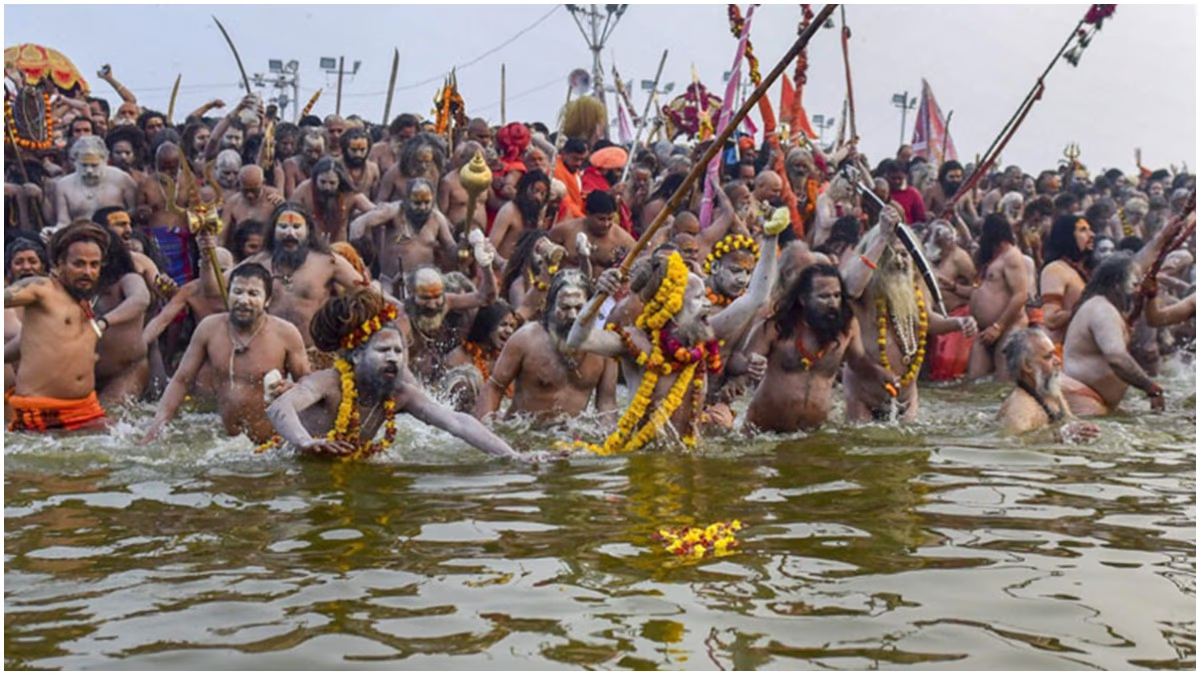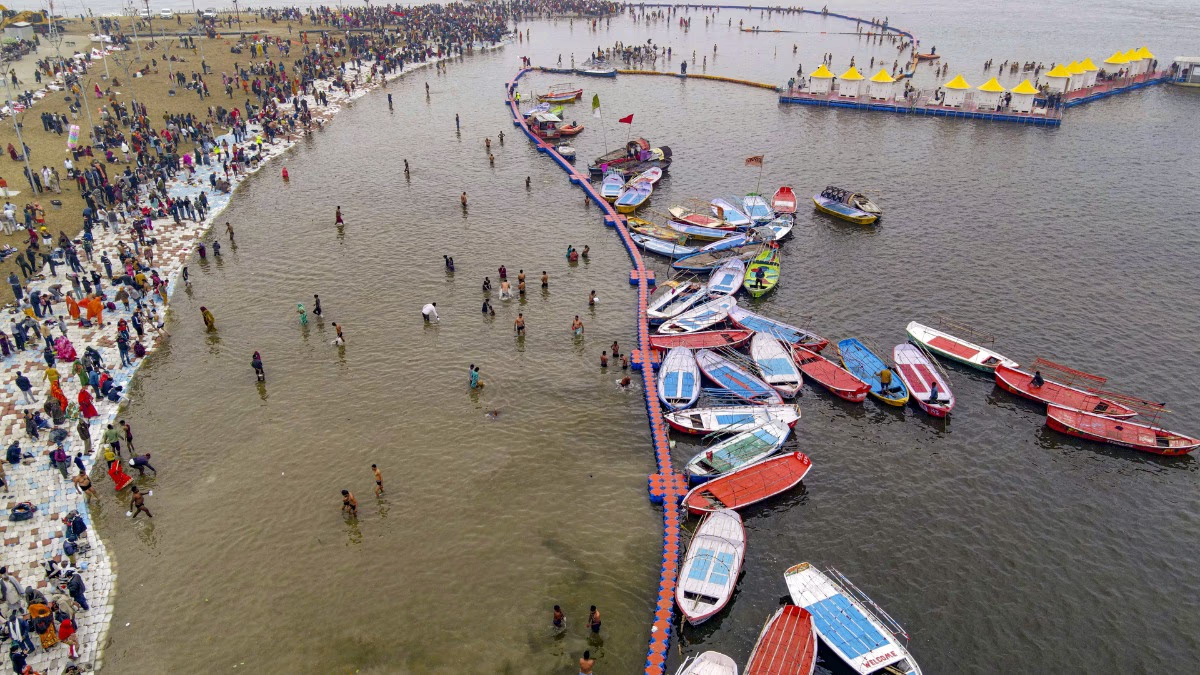Mahakumbh is a symbol of Indian culture, spirituality, and faith. This fair, held every 12 years, is not just a religious event but a celebration of India's ancient traditions and spiritual heritage. Prayagraj, where the Ganges, Yamuna, and the mystical Saraswati rivers converge, serves as the epicenter of this divine festival. The Mahakumbh takes place on the banks of the Sangam in Prayagraj every 12 years.
We narrate the tale of Mahakumbh today, a story whose historical and religious significance makes it the largest and most extraordinary festival in the world. Prayagraj, known as the sacred land of the gods, is believed to be the path to liberation from the cycle of life and death. It is said that bathing in the confluence of the Ganges, Yamuna, and Saraswati in Prayagraj bestows virtues and atones for sins. Mahakumbh is not just an opportunity for repentance from sins but a path to the purification of the soul and attaining salvation.
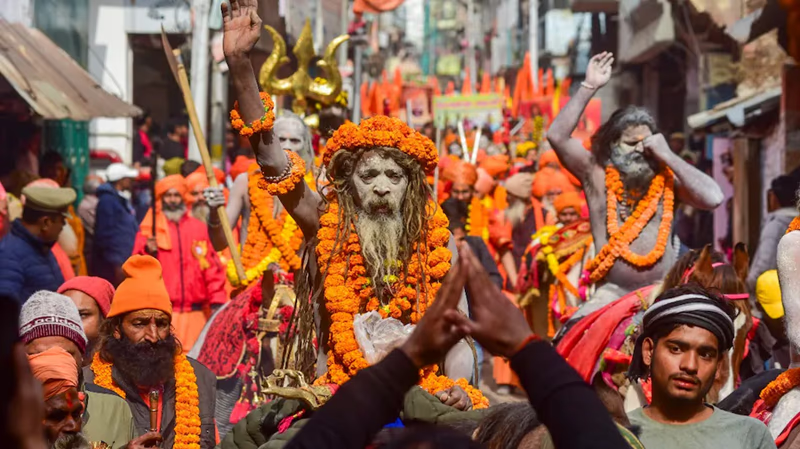
Source: aajtak
In the spiritual city of Prayagraj, the Mahakumbh will unfold from January 13, 2025, until February 26. The event witnesses not just devout pilgrims but also a colorful congregation of sages and saints for whom special arrangements are made. On this holy occasion, millions of pilgrims from around the world will immerse themselves in the holy waters of the Sangam. The Kumbh Mela showcases the diverse practices of the ascetics. Some leave everyone in awe with their unique feats in processions, while others capture attention with their remarkable vows and pledges.
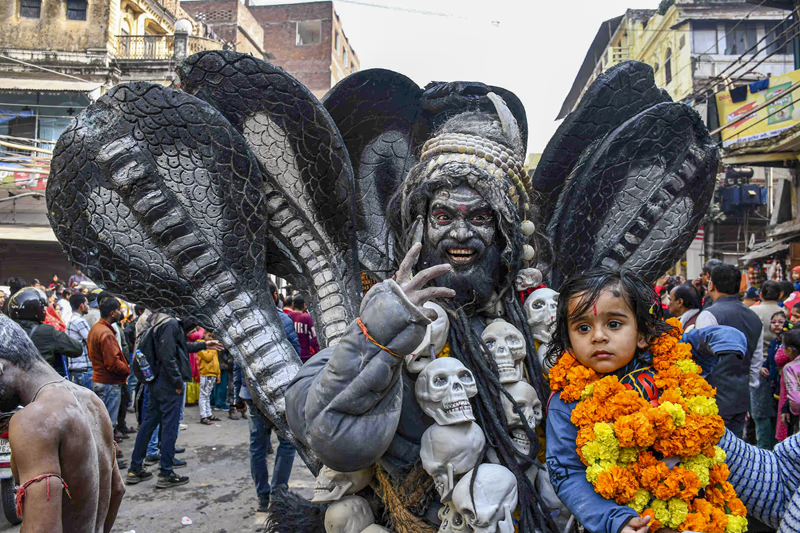
Source: aajtak
In every Kumbh, the spotlight is often on the Naga sadhus. Their lifestyle, attire, and devotion make them intriguing. The Naga sadhus are indispensable to the Kumbh's ambiance. In their spiritual journey, they lead a life of austerity that is hard for the common man to envision. Naga sadhus have renounced worldly attachments and dedicate themselves to the reverence of Lord Shiva. They lead a life of penance, abstaining from material comforts and exemplifying purity and devotion.
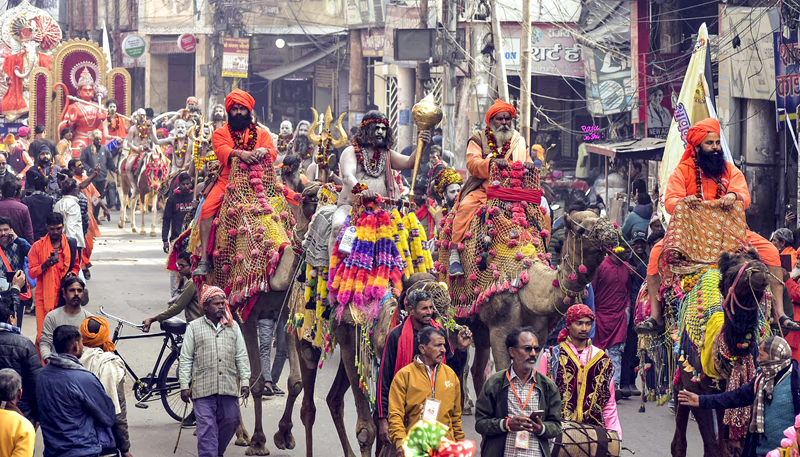
Source: aajtak
Everybody is familiar with the 16 adornments of Hindu women, especially those of married women. However, the Naga sadhus undertake 17 adornments before they take the royal dip in the Sangam. These adornments include ash (bhasma), loincloth, sandalwood paste, silver or iron bracelets on their feet, and five twirled dreadlocks called panchkesh. Additional items include vermillion paste, rings, garlands of flowers, a chimta (tong), damru, a kamandalu (pot), jatas (locks), tilak, kohl, bangles, a coat of sacred ash, and rudraksha necklaces.
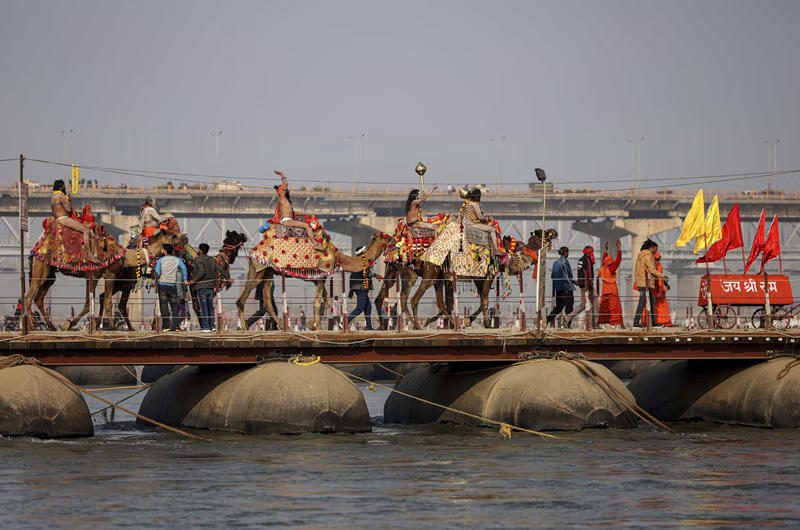
Source: aajtak
After the Mahakumbh, the Naga sadhus disappear from public view. People often wonder where they go and why they appear only during the Kumbh and Mahakumbh. In reality, after the Mahakumbh, the sadhus return to the various monasteries spread across different parts of the country. Some retreat to caves and rocky shelters in the Himalayas or other hilly regions of India. The two largest Akharas (monasteries) for Naga sadhus are the Mahaparinirvana Akhara and the Panch Dashnam Juna Akhara in Varanasi, from where most Naga sadhus originate.
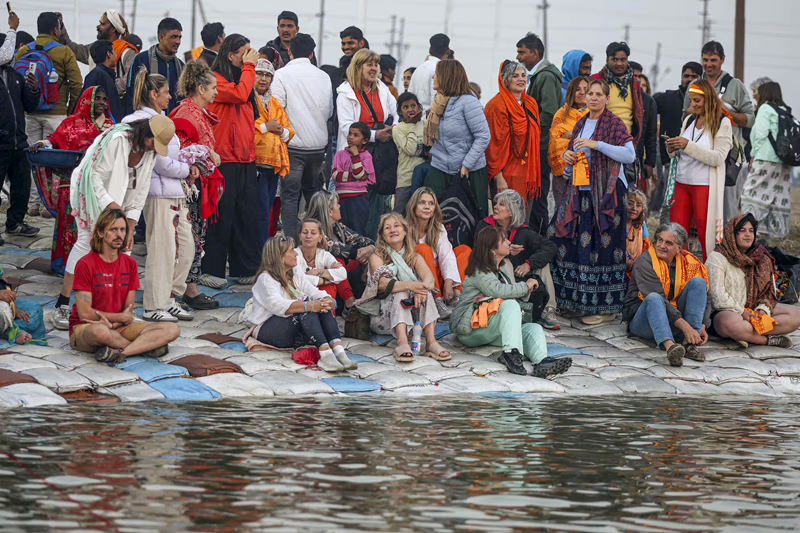
Source: aajtak
Naga sadhus, beside their 17 adornments, often carry a trident and cover themselves in ash. They wear minimal cloth, usually a loincloth that's wrapped from the waist to above the knees. In the Kumbh or Mahakumbh, the Naga sadhus are the first to take the holy dip, after which other pilgrims are allowed to take their ritual bathe. During the Kumbh or Mahakumbh celebrations, specific days are designated for the royal bath, each marked with celestial significance. On all these notable days, the Naga sadhus are the first to cleanse themselves in the holy waters. After the festivities of the Mahakumbh and Kumbh, all Naga sadhus retreat to their mystical worlds.
